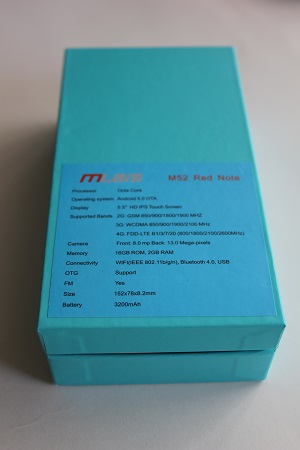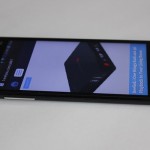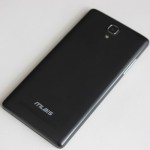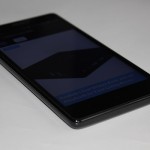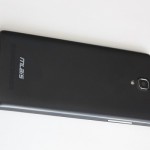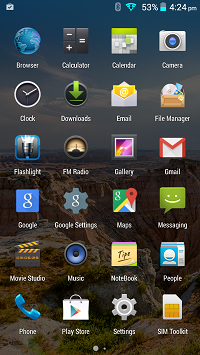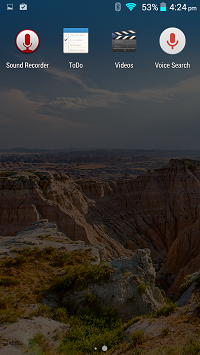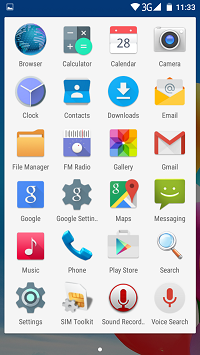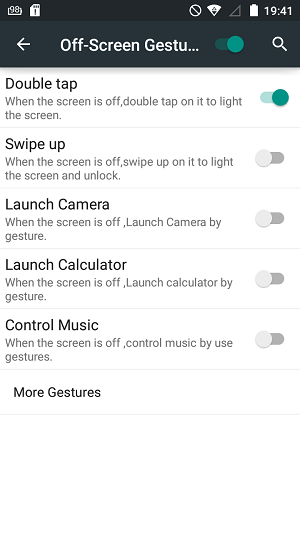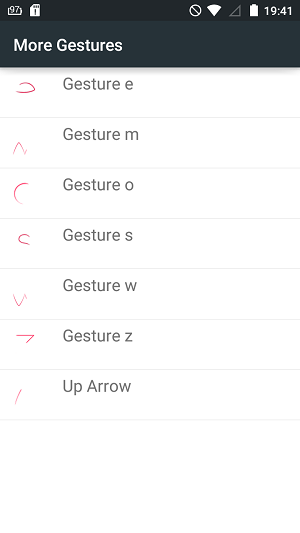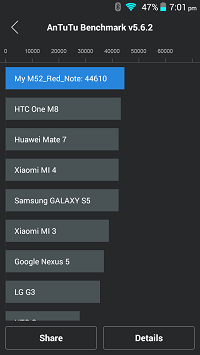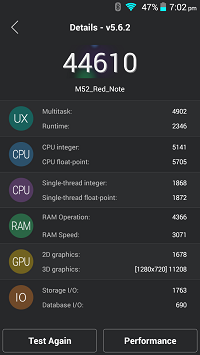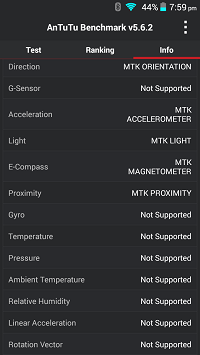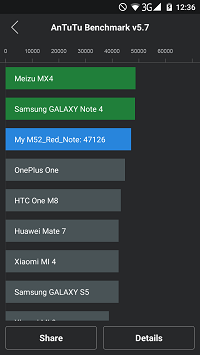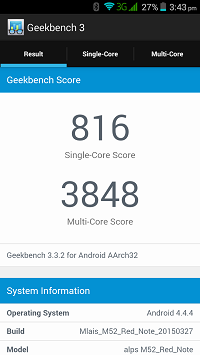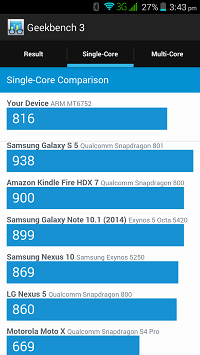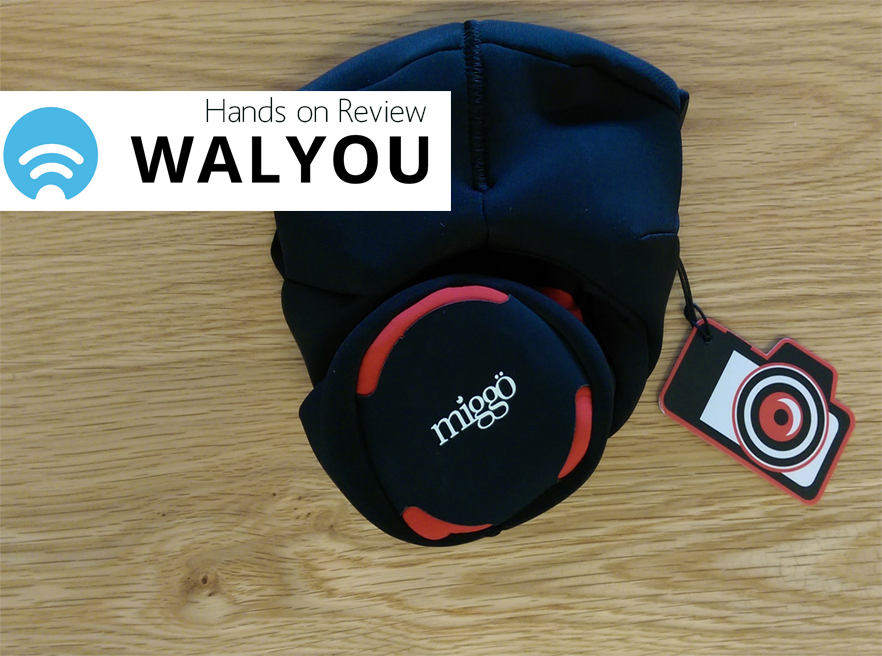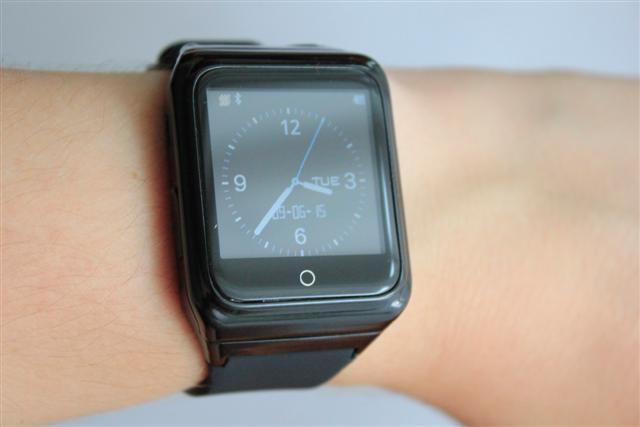Many Android smartphone manufacturers claim to have created Xiaomi Redmi Note killers, but Mlais’ M52 Red Note really has the specs to prove it.
1. Contents of the Box
2. Accessories
3. Design and Build Quality
4. Technical Specs
5. Connectivity
6. Software
7. Performance Assessment
7.1. Benchmarks
7.2. Image Quality
7.3. Battery Life
8. Price and Availability
9. Conclusions
Contents of the Box
The M52 comes in a very compact turquoise cardboard box that protects the phone and the included accessories from any damage that might occur during transportation. The pastel color of the box makes it difficult for the camera to focus, and this also seems to be the case with some of the back covers.
One can only appreciate the simplicity of this box, with only the name and the logo of the company in the front, and the specs of the smartphone on the back. Take note (this seems to have also become Mlais’ slogan) that in some of the pictures the blur is caused by the depth of field, as they were taken in macro mode.
Besides the phone itself, there’s not much else in the box. Mlais provides a manual that is entirely in English (sign that the device is meant for the international market, and not just for China), an EU charger rated at 5V and 1000 mA, and a USB to microUSB cable that can be used both for charging the phone and for transferring data from or to a computer.

Accessories
Even though there are four back covers available for the M52 Red Note (black, white, baby blue and peach red), buyers can only choose one when purchasing the device, and the M52 will come equipped with it. The others will be sold separately.

Depicted below is the flip cover case (actually called a Fashion Cover by the manufacturer), which is available separately for $4.42.
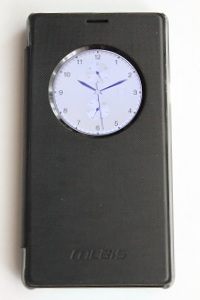
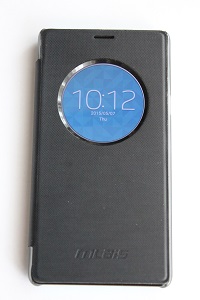
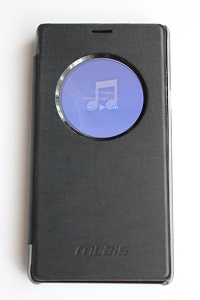
This particular flip case has S-Cover functionality, meaning that it can display either a digital or analog clock, depending on what you choose. The setup is found under Settings > Display > S-Cover Settings. In addition, swiping from right to left when the flip is on unveils a simplistic interface for the default media player. If you decide to use another player, such as PowerAmp (my personal favorite) or PlayerPro Music Player, the playback controls will stop the music in the app, and the default player will be launched instead. The entire process is seamless, but I wish it was possible to select the player we wish to control in Window mode, as there may be differences in sound determined by different EQ settings.
Tempered glass screen protectors for Mlais M52 can be purchased for $4.02, while replacement batteries cost $4.42. As if there weren’t plenty of accessories already, PU leather flip cases were also made, in various shapes and colors.
Design and Build Quality
Overall, the M52 Red Note follows the general design of Android smartphones, with the volume rocker to the left of the screen, the power button on the right, a 3.5mm port for headphones at the top and a microphone on the bottom. The only exception from the rule seems to be the microUSB port that’s located at the top, instead of the bottom.
There’s no metal chassis, but the plastic chosen by Mlais for the M52 is of high quality, and the phablet feels very sturdy in hand. Even the shiny back cover looks very durable, and I’m pretty sure that users won’t fear breaking it while taking it off.
Technical Specs
At 78 x 152 x 8.2 mm and 158 grams, Mlais M52 is a sleek phablet. In the front, the smartphone has a 5.5-inch IPS display (that comes with a screen protector film pre-applied) that’s bright and sharp, yet somewhat inferior to IPS panels made by JDI, and to Samsung’s AMOLED screens. The 1280×720 resolution resulting in a 267ppi pixel density doesn’t as huge of an impact on the battery as a higher resolution would have had. Still, it’s nearly impossible to see individual pixels, so there’s no reason for complaints here.

Regarding the bits that make this device tick, the M52 is based on Mediatek’s MT6752 64-bit chipset that includes a Cortex-A53 octa-core CPU running at 1.7Ghz and a Mali T760 GPU. Multitasking capabilities are sustained by 2GB of RAM, while the internal storage is of 16GB. In case that’s not enough (we all know how large music libraries can get these days), you can expand that by using a microSD card of up to 64GB.
Connectivity
Considering the price, it shouldn’t surprise anyone that the M52 doesn’t feature NFC (or Mediatek’s similar, but less popular Hot Knot). Other than that, M52 excels in connectivity options that range from 4G LTE (in the 800/1800/2100/2600Mhz bands) and dual-band Wi-Fi ac to Bluetooth 4.0 and GPS. It should be noted that when one band is used in 4G, the other one works in 2G. Besides that, the SIMs are not active simultaneously, so you might want to use one exclusively for data and the other one for calls.
Mlais could’ve chosen a better GPS sensor, as this one has a 4 meters accuracy, at best. Other than that, the other connectivity options perform as advertised.
Software
The phone was launched with a vanilla AOSP Android 4.4.4 KitKat, but the manufacturer promised that it would update it to Lollipop on April 10. On the day before the scheduled update, a video was uploaded to Mlais’ YouTube channel, showcasing the M52 running Android 5.0. On April 10, Mlais posted a picture on their Facebook page, saying that the update had been pushed back 5 days in order to perfect it. Some server issues led to further delays, but on April 17 Mlais released the first build based on Android 5.0 Lollipop.
Since that first build had many bugs and lacked unified storage, the manufacturer asked users to provide feedback, and soon launched another build, which also had several problems. To prove their professionalism and just how much they strive to satisfy the customers, Mlais took all the bug reports into account and released a third Lollipop build that solved most app crashes and functionality issues. On top of that, the manufacturer enabled users to pick the size of the OS partition (2/4/5GB), depending on their needs.
Check the above images to see the KitKat home screen and the app drawer as they were at the moment of the first boot. For comparison, below are the Lollipop home screen and app drawer.
The only downside is that for the time being, the Lollipop update is not offered OTA, and users have to flash the newest build manually, after rooting KitKat. Fortunately, Kingo Root can take care of that problem in a few simple steps.
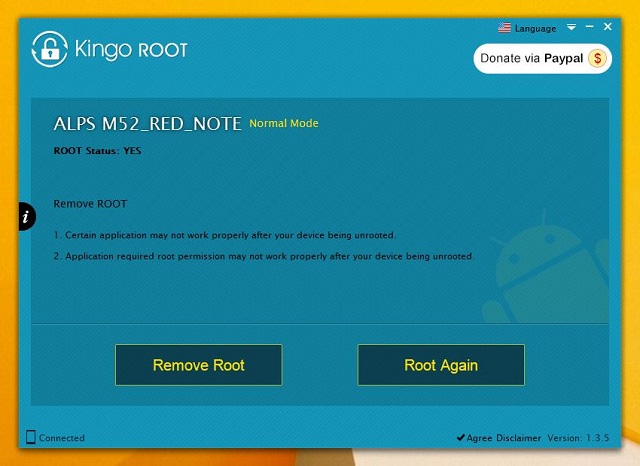
Mlais posted a video on their YouTube channel detailing the steps required for manually flashing the device.
One of the aspects that sets the M52 apart from some of its competitors is the presence of off-screen gestures. The following screenshots include the settings for such gestures, and it should be noted that they are the same for both Android 4.4 KitKat and 5.0 Lollipop.
There are a few predefined gestures, but users can also establish what actions should occur when a certain letter is drawn onto the display.
Performance Assessment
Over the four weeks I used the M52 as my daily driver, I noticed that it is very responsive in menus, apps and games. In fact, the M52 seemed faster than more expensive devices based on the same chipset. The following benchmarks confirm that the phablet can offer performance without forcing users to spend insane amounts of money.
Benchmarks
First, I ran Antutu Benchmark in KitKat, and the score of 44,610 points was already impressive, in comparison to Xiaomi Mi4, Samsung Galaxy S5, Huawei Mate 7 or HTC ONE X M8.
After updating to Android 5.0, the M52 really showed its muscles, obtaining 47,126 points in Antutu. Some users even reported getting scores as high as 49K, but even with my score, Mlais’ device outranks the OnePlus One.
I ran the other benchmarks under KitKat, but the results in Lollipop should be even better. In GeekBench 3, the chipset proved to have lower performance in single-core tests than its counterparts, whereas in the multi-core tests it ranked higher than all of them.
Image Quality
The cameras seem to be one of the weakest points of the M52, as the phablet features an 8MP Sony IMX219 on the back and a 5MP OmniVision 5648 in the front. The manufacturer claimed that the resolutions are 13 and 8MP, respectively, but these were obtained by using interpolation.
In daylight, M52’s rear camera produces decent photos, even though some details look burnt and over-exposed if shot in strong sunlight. Sharpness could’ve been better, too. On the other hand. in poor light conditions, the amount of noise is very noticeable.
I have no complaints regarding how fast the rear camera focuses, but I truly hope that Mlais will use better sensors in their future devices.
Battery Life
The GeekBench 3 battery test revealed that M52’s battery can provide 5h 57m of screen-on time, indicating that the capacity might actually be smaller than 3200mAh.

The fact that there are many unnecessary processes running in the background also has a major impact on the battery life, but this aspect can be changed by installing Battery Doctor or a similar app.
Price and Availability
The MSRP of the Mlais M52 Red Note is $159.99, but during the pre-sale some resellers offered it for as low as $129 with coupons applied during checkout. Now, most China stores sell it for $149.99, and considering that the price also includes free worldwide shipping in most cases, this is quite a bargain.
Conclusions
Touted as the world’s cheapest Android device running on Mediatek’s 64-bit MT6752 chipset, the M52 Red Note is quite possibly the best smartphone you could get for around $140. The build quality and the performance make this phablet a tough competitor. With some proper software, either in the form of a custom ROM or a very optimized vanilla Android, Mlais M52 could become a force to be reckoned with.
Be social! Follow Walyou on Facebook and Twitter, and read more related stories about the Kingzone Z1, or the Lenovo K3 Note.


